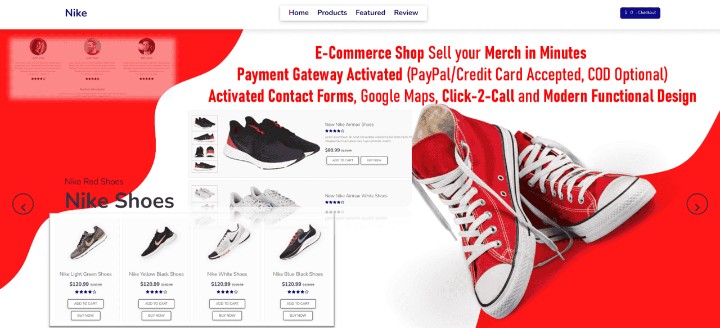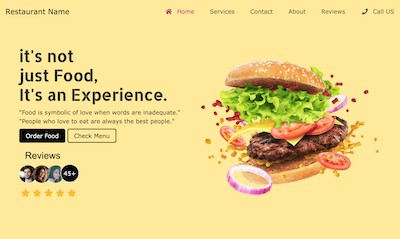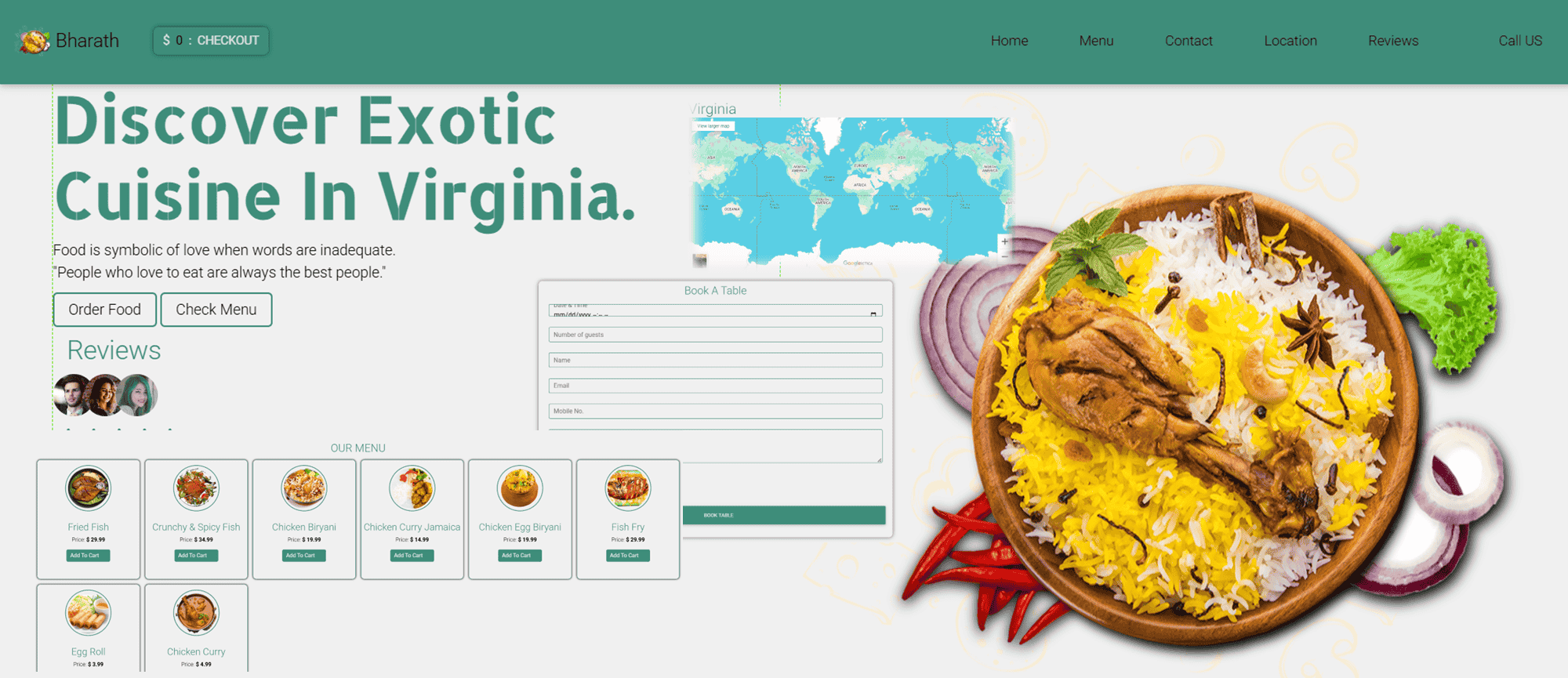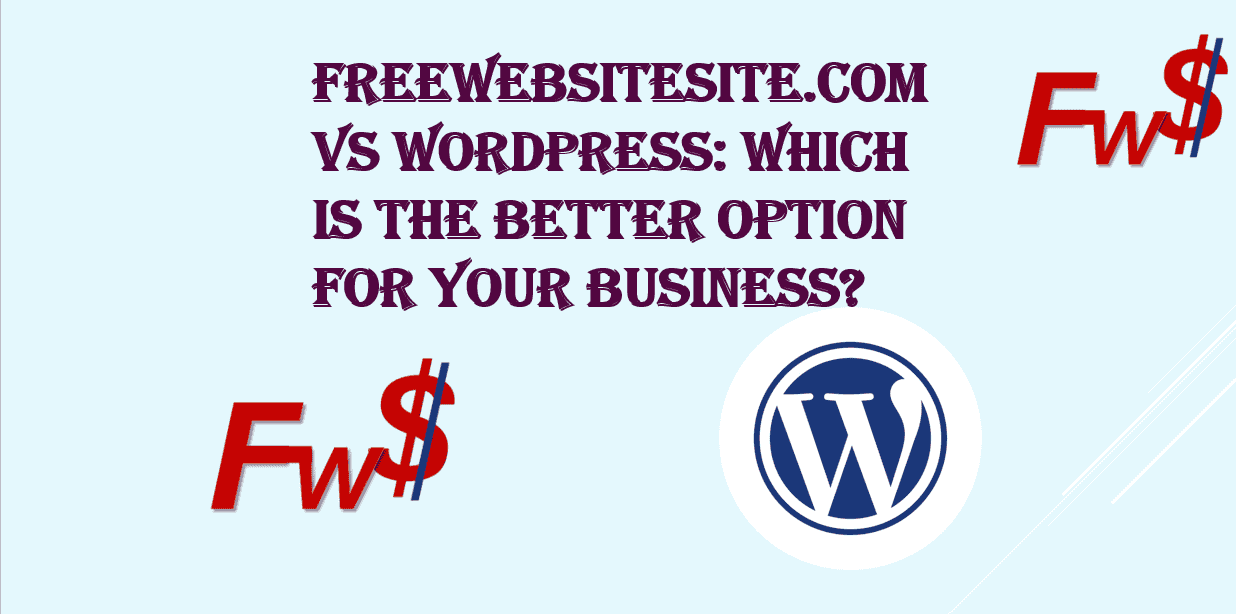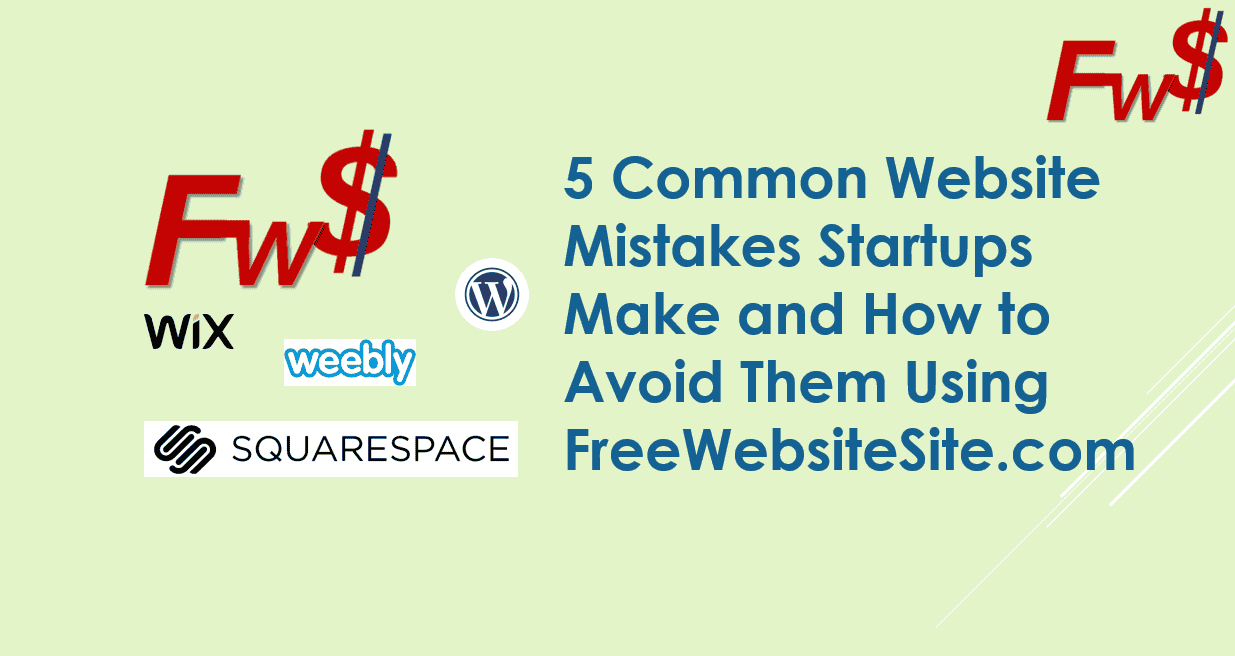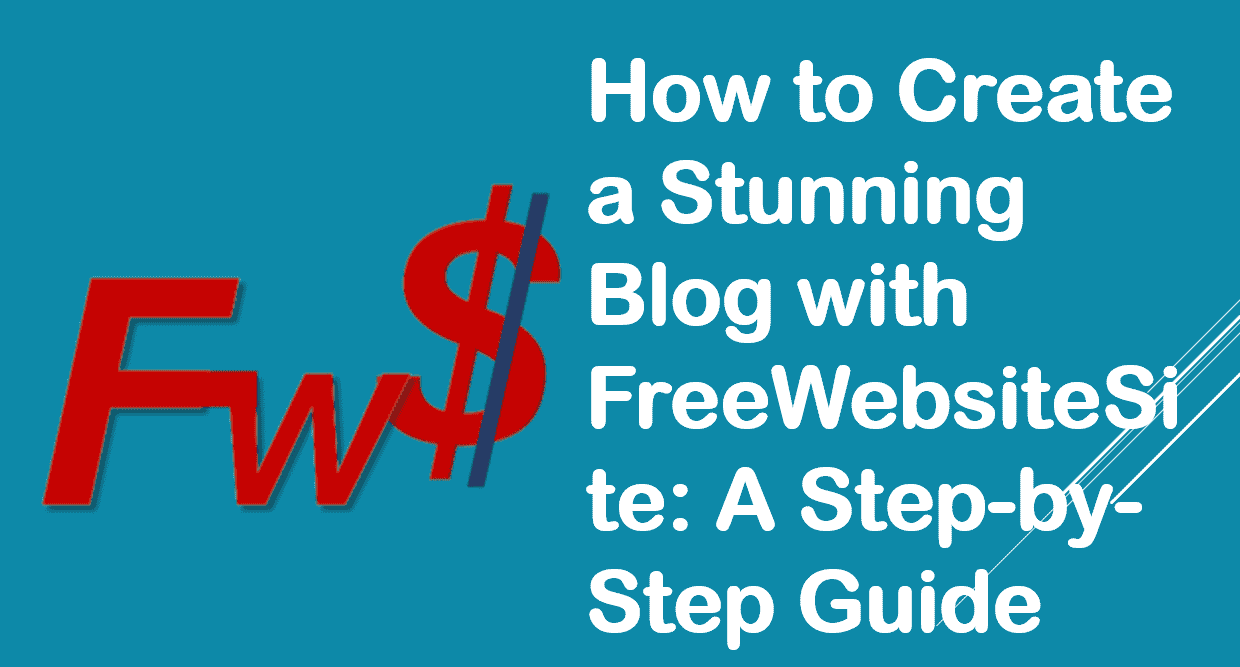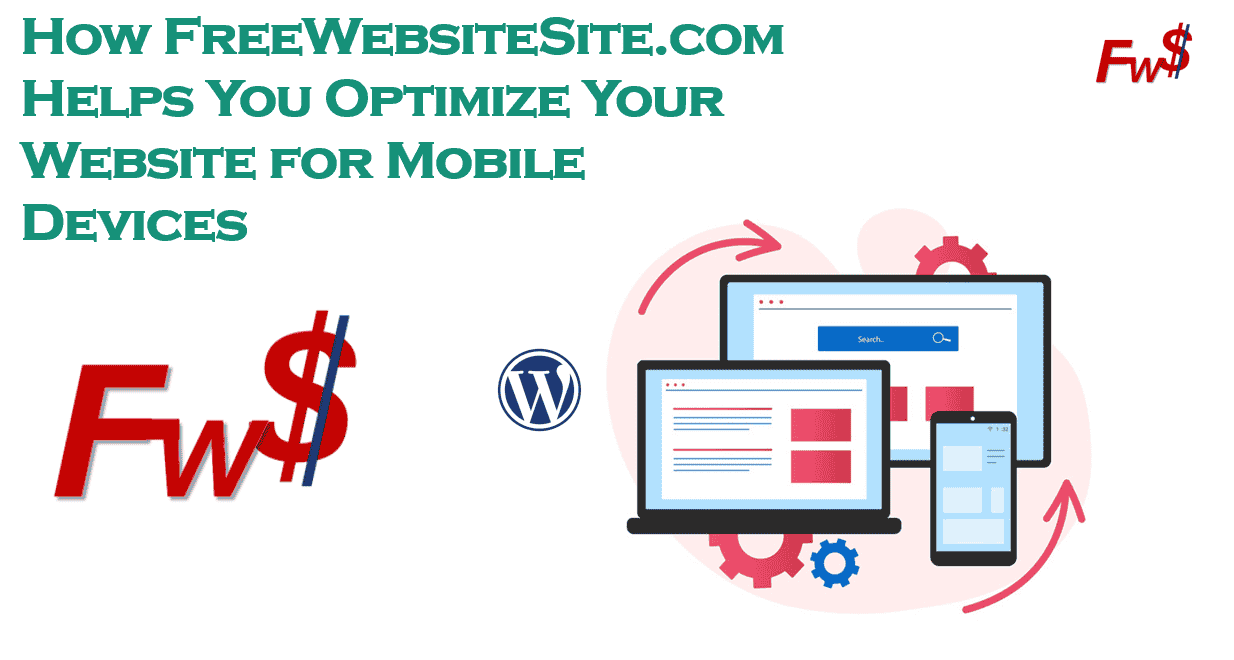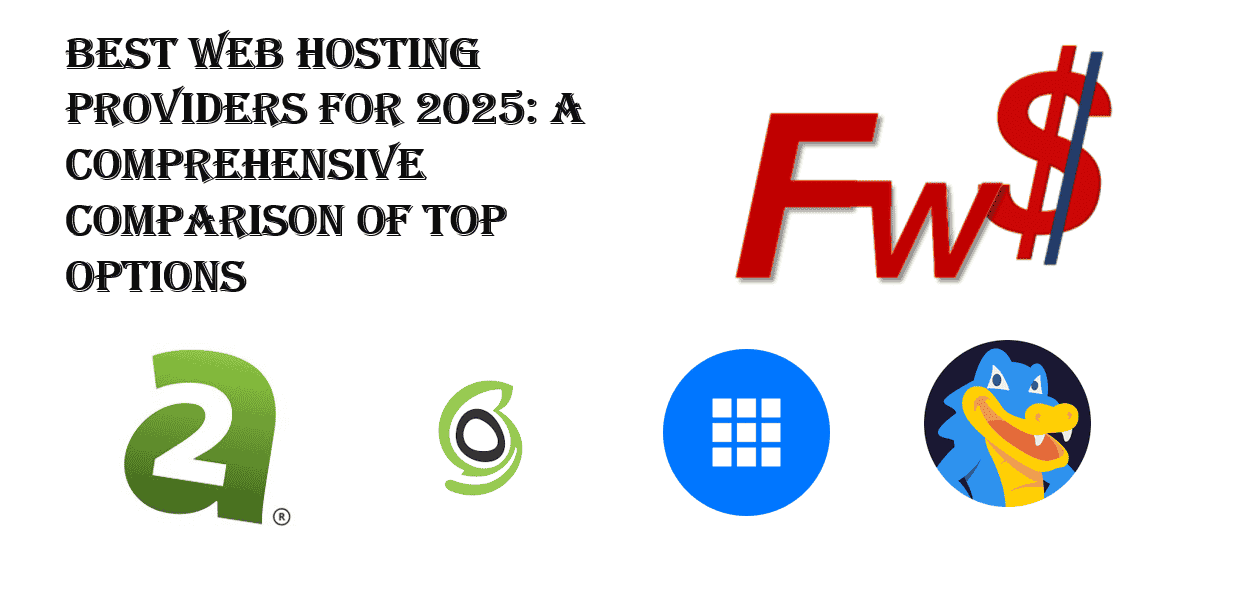Email Marketing Automation for Small Businesses
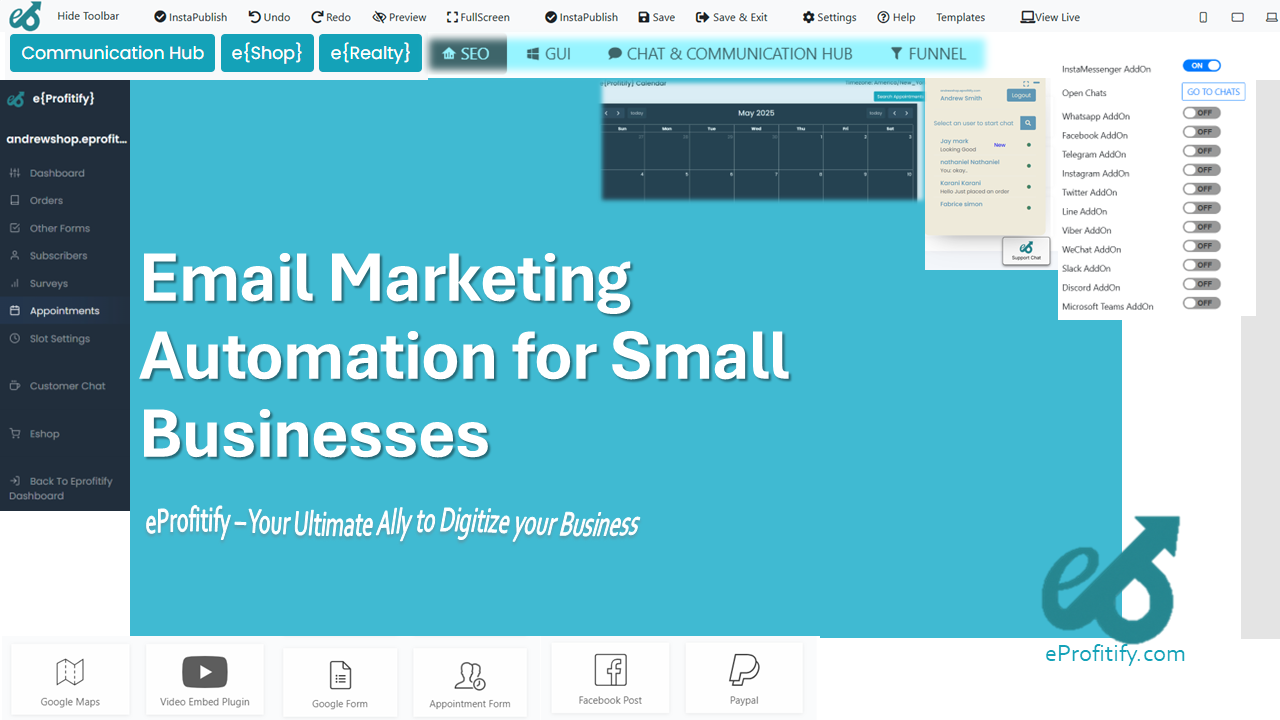
Email Marketing Automation for Small Businesses: A Path to Efficiency and Growth
In today’s fast-paced digital landscape, small businesses are constantly seeking ways to streamline operations and maximize ROI. Email marketing automation has emerged as a game-changer, enabling entrepreneurs to nurture leads, retain customers, and drive sales without expending endless hours on manual tasks. With 64% of small businesses already using email marketing to engage customers (HubSpot, 2023), automation tools are becoming indispensable for competitiveness.
This article explores the power of email marketing automation for small businesses, backed by statistics, and highlights how platforms like eProfitify—a leading website publishing and management tool—can empower teams to scale strategically.
The State of Email Marketing in 2024
Email remains one of the most cost-effective marketing channels. Consider these statistics:
- Email marketing delivers an average ROI of $36 for every $1 spent (Litmus, 2023).
- Automated emails generate 320% more revenue than non-automated ones (HubSpot, 2023).
- 77% of marketers have seen increased email engagement over the last 12 months (Ascend2, 2023).
For small businesses, these numbers underscore the importance of implementing automation to reduce manual effort while maintaining personalized communication.
Why Email Marketing Automation Works for Small Businesses
-
Time Savings
Small teams often juggle multiple roles. Automating repetitive tasks like welcome emails, cart abandonment reminders, or follow-ups frees up time for strategic work. For example, eProfitify’s drag-and-drop campaign builder lets users create workflows in minutes. -
Personalization at Scale
Customers expect tailored experiences. Automation allows segmentation based on behavior or demographics. According to SmarterHQ, 72% of consumers only engage with personalized messaging. Tools like eProfitify integrate CRM features, enabling businesses to track interactions and send targeted content. -
Improved Lead Nurturing
Automation ensures prospects receive timely information. Drip campaigns, triggered by actions (e.g., downloading a guide), keep leads warm. Studies show nurture campaigns produce 50% more sales-ready leads at 33% lower cost (Forrester). -
Enhanced Customer Retention
Automated birthday discounts, loyalty rewards, or re-engagement campaigns reduce churn. Bain & Company found a 5% increase in retention can boost profits by 25–95%.
Challenges Small Businesses Face (and How Automation Solves Them)
Despite the benefits, adoption barriers persist:
- Limited Resources: 44% of small businesses cite lack of time as their biggest email marketing challenge (Campaign Monitor, 2023).
- Technical Complexity: Many fear automation is too difficult to set up.
Modern platforms like eProfitify address these pain points with:
- User-Friendly Interfaces: No coding required.
- Pre-Built Templates: Professionally designed for campaigns, newsletters, and promotions.
- Integration Capabilities: eProfitify syncs with payment gateways, social media, and calendars, centralizing operations.
eProfitify: A Holistic Solution for Small Business Growth
While email automation is powerful, combining it with other tools amplifies results. eProfitify stands out as an all-in-one platform offering:
1. Instant Messaging
Engage website visitors in real time with live chat. Automated responses can qualify leads or route queries to the right team member.
2. Appointment Management System
Sync email campaigns with booking workflows. For instance, after a customer signs up for a webinar via email, eProfitify’s scheduler can automatically send calendar invites.
3. Ecommerce Tools
Create product-focused campaigns with automated recommendations. Abandoned cart emails recover 10–15% of lost sales (Barilliance, 2023).
4. CRM Integration
Track customer journeys from first click to purchase. Segment audiences based on purchase history or engagement levels.
5. Analytics & Reporting
Measure open rates, click-through rates, and conversions. eProfitify’s dashboard highlights trends, enabling data-driven optimizations.
Case Study: Automating for Success
A boutique skincare brand used eProfitify to:
- Send post-purchase nurture sequences with skincare tips.
- Automatically notify customers about back-in-stock items.
- Sync email sign-ups with their CRM for personalized offers.
Result: A 30% increase in repeat purchases and 20% higher email open rates.
Getting Started with Email Marketing Automation
- Build Your List: Offer lead magnets (e.g., discounts, eBooks) in exchange for emails.
- Segment Audiences: Group contacts by demographics, behavior, or purchase history.
- Create Workflows: Use eProfitify’s templates for welcome series, birthday emails, or re-engagement campaigns.
- Test & Optimize: A/B test subject lines, CTAs, and send times.
Final Thoughts
Email marketing automation is no longer optional for small businesses—it’s a necessity. By leveraging tools like eProfitify, entrepreneurs gain access to enterprise-level features without complexity. From instant messaging to CRM and ecommerce integrations, eProfitify simplifies growth, allowing small teams to focus on what matters: building relationships and driving revenue.
As the digital ecosystem evolves, automation will continue to shape how businesses engage audiences. Those who adopt early will not only survive but thrive.
Statistics Sources: HubSpot, Litmus, Ascend2, Forrester, Campaign Monitor, Barilliance.
